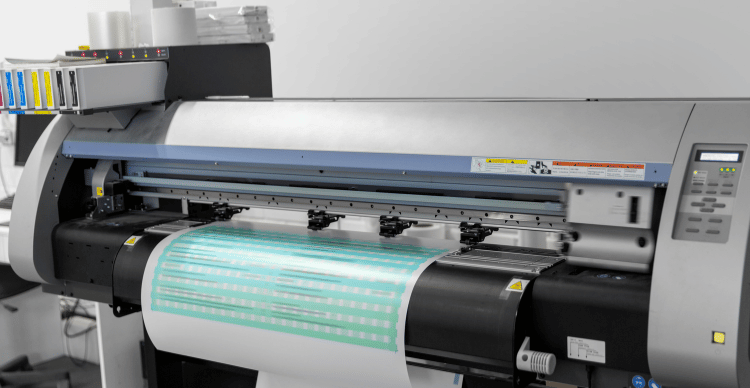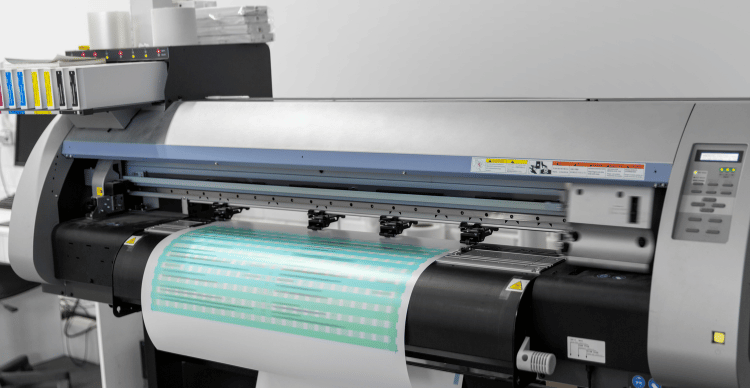
In the evolving world of fabric printing, Direct to Film (DTF) printing is emerging as a
powerful alternative to traditional printing methods. For businesses and designers in
Kuala Lumpur exploring the best printing options, understanding how DTF stands
against conventional techniques is crucial. This post compares DTF printing with
traditional methods like screen printing and DTG (Direct to Garment), highlighting
their differences in terms of quality, efficiency, cost, and versatility.
Understanding DTF Printing
DTF printing involves printing a design onto a special film, which is then transferred
onto fabric using heat. This technology allows for vibrant, high-quality prints that are
durable and flexible. It is especially beneficial for designs that require high detail and
color fidelity.
Screen Printing
Screen printing, one of the oldest and most traditional methods, involves creating a
stencil (or screen) and using it to apply layers of ink on the printing surface. This
technique is best suited for high-volume orders as it requires significant setup.
Direct to Garment (DTG)
DTG printing involves printing directly onto the fabric using inkjet technology. It is
ideal for detailed and color-rich designs on small to medium batch sizes, but the
print’s durability can vary depending on the fabric and ink quality.
Comparison Criteria
- Quality and Durability
● DTF: Produces vibrant and precise color prints that are highly durable
and resistant to washing.
● Screen Printing: Offers good color saturation and durability but can be
limited in detail and color gradients.
● DTG: High detail and good color fidelity but may fade faster than the
other methods without proper care. - Efficiency and Speed
● DTF: Relatively quick once the initial setup is done, suitable for both
small and large batches.
● Screen Printing: Efficient for large orders but the setup process can be
lengthy and complex.
● DTG: Quick setup, ideal for small runs, though slower per piece
compared to screen printing.
- Cost
● DTF: Cost-effective for small to medium runs; setup costs are lower
than screen printing but higher than DTG.
● Screen Printing: High initial setup costs, making it less economical for
small runs but cost-effective at large volumes.
● DTG: Lower setup costs, cost per item can be high, making it less
suitable for large batches. - Versatility
● DTF: Can be used on a variety of fabrics and colours, including dark
textiles.
● Screen Printing: Best on cotton and light-coloured fabrics; using on
dark colours requires additional layers.
● DTG: Works well on cotton and light colours; performance on dark
colours and synthetic fabrics can vary.
Conclusion
Choosing the right printing technology depends largely on your specific needs. DTF
printing offers a versatile and cost-effective solution for both small and large orders,
providing durability and colour accuracy that can match traditional techniques. For
businesses in Kuala Lumpur, investing in SP Tech for DTF printing needs means
accessing state-of-the-art technology capable of delivering superior results across
various fabric types. Whether you’re looking to produce vibrant fashion pieces,
promotional apparel, or custom merchandise, DTF could be the ideal choice,
combining the best aspects of traditional techniques with the innovations of modern
technology.

